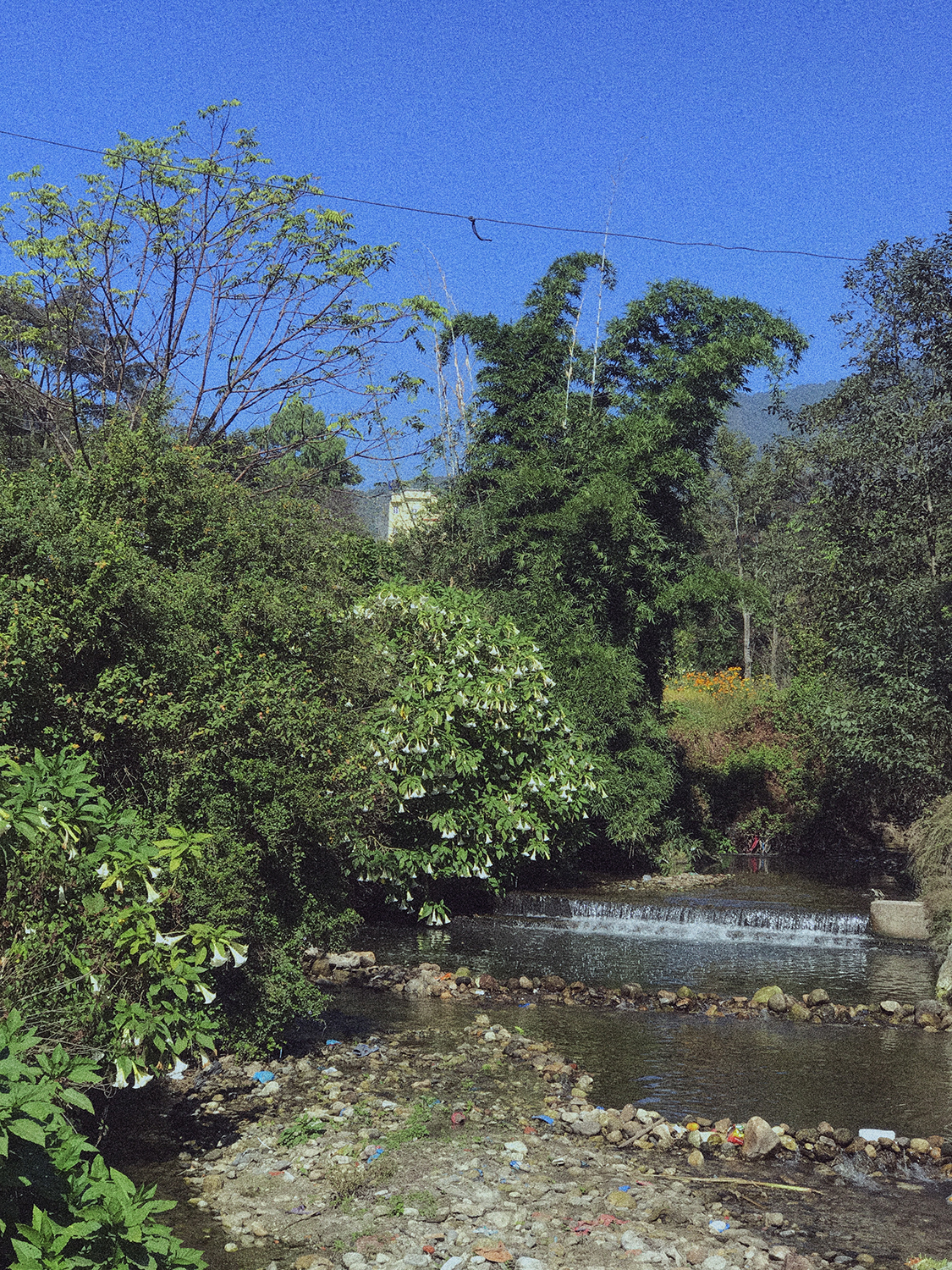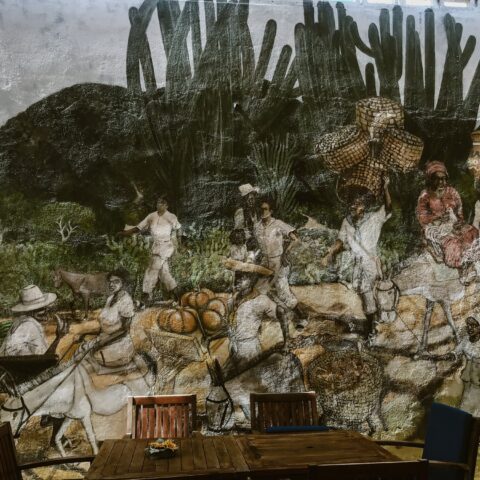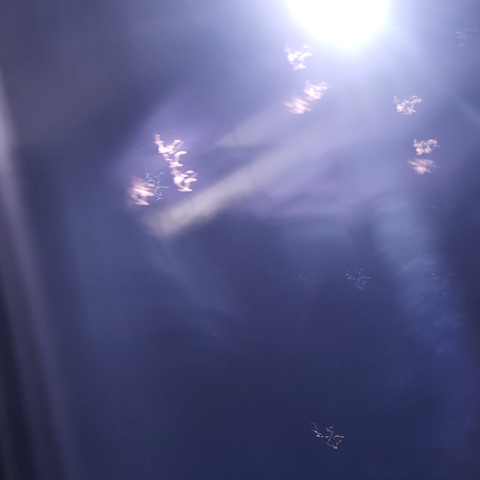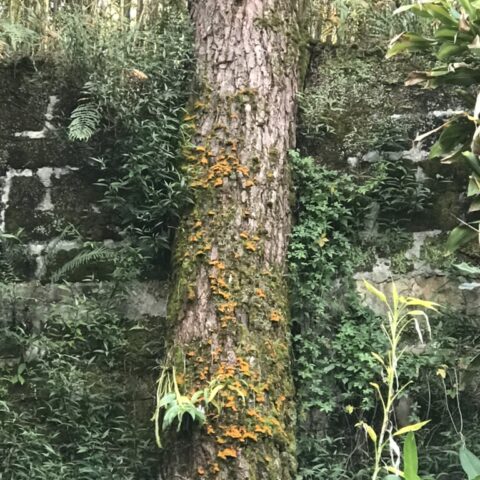By Pratibha Tuladhar and Padmapani Perez
Letters between Kathmandu and Manila
Dear Pratibha,
Our Harvest Moon anthology is almost ready to come out into the world. We have 30 photographs and 30 jargon-free climate narratives in poetry and prose in nine languages from writers and photographers in 24 countries.
While under lockdown on account of the Covid-19 pandemic, we continued assembling the final parts of the book. This included writing up short context pieces that illuminate a word or phrase mentioned, or a cosmology or history alluded to in select pieces. These accompanying texts will be like windows that give the reader a glimpse of something that may be specific to another place, culture, or writer.
One of my tasks was to write about the sarus crane in the flash fiction piece you wrote: “Antigone antigone”. I googled sarus cranes knowing I would easily find photos and facts about the bird’s size, feather markings, habitat, mating behavior, conservation status, and distribution in India and Nepal. What I wasn’t expecting to find was this:

Source: The History Corner: The Sarus Crane Illustrated in 1847
Things converge… It makes me wonder, how near or far are we from each other, really?
“Indio vestido de Anajao,” a 19th century watercolor by Jose Honorato Lozano (1815-1855). He is considered one of the best Filipino watercolorists of his time. The size of the bird in this painting is accurate. A sarus crane can grow to a height of 1.8 meters and is the tallest flying bird in the world. Lozano’s paintings depicted life in Manila and its environs during the late Spanish colonial period. He must have seen the sarus crane in the wetlands and rice paddies that were once here. I’m intrigued by how Lozano painted the bird right next to the man. Was it simply artistic license, or did sarus cranes and people once live close to each other? According to the history article I stumbled on eBON, the online newsletter of the Wild Bird Club of the Philippines, the last known sightings of the sarus crane in Luzon were in 1941 and in an unconfirmed report in 1971. The article says that in the Philippines, the bird is probably extirpated. I had not encountered this word before. Sarus cranes are a vulnerable species, but not extinct. It cut me to learn that to “extirpate” means to “eradicate” or “completely destroy”.
It’s raining as I type this. I can’t give your story away just yet but the rain figures in it. Here the raindrops drum loudly against the broad, pleated leaves of an anahaw outside my window. Things converge: your story set in Nepal, a Philippine watercolor painting from another century, literature, history, weather, the presence of a plant, the traces of a bird, the pages of a book. It makes me wonder, how near or far are we from each other, really?
Keep well and stay safe,
Padma
Dear Padma,
Thank you for this warm response to my writing.
I never had a chance to explain the piece, so let me use this response as an opportunity.
I wrote this in Chiang Mai, while my emotional presence probably was in Kathmandu while doing so.
My interest in sarus cranes is connected to the memory of someone I have loved. This someone believed in love and permanence and in our conversations, sarus cranes were representative of those. Of love and of permanence. So, the birds became an image deeply etched on my mind. Always two. I thought of them as these two, large beings, who move around the terrain, looking for weather patterns conducive to their survival, thereby surviving.
But climate change has made survival difficult for the birds.
Growing up in Kathmandu, where the valley was a fertile farmland in the 80s, I would see flocks of sarus cranes picking fish from the paddy fields. Then the civil war happened in the mid-90s, which changed the face of the country. People flocked to the Kathmandu valley from all over the country, looking for safety and security for themselves and for their loved ones. The paddy fields grew concrete houses and the birds became extirpated from the valley. I never saw them in my adult life.

Photo: Kathmandu, Nepal
So, when my lover and I talked about sarus cranes, they were an impossibility. Something that had become a thing of the past. How did this tie in with what I was writing?
When I heard from Agam, I was living in Chiang Mai, Thailand. It was the month of July and a drought of sorts had set in. The land beneath our feet had begun to crack under the heat. Everyone complained about the heat and the delayed rains. July was supposed to be rainy. What had happened to the rains?
In the evenings, when the sweltering heat gave way, I would follow a bird-watcher friend into the paddy fields. He would take pictures and I would watch. He would name the birds for me. And it fascinated me that birding could take so much away from our minds and set us adrift in the dry heat.
When the rains finally arrived on the first of August, they said the government had released fake rain to ease the drought situation. We weren’t sure. It is what people said. But we weren’t sure. There was no evidence of such a thing.
And in the meantime, I received two photos from Agam, based on which I was to write my contribution. I picked the one with a pair of feet dangling over an open water-logged field.
That evening, I went on a walk on the paddy fields again and I saw sarus cranes. Their long legs were dipped halfway in the water-logged fields. There were two of them.
And that night, I wrote my piece for Agam: “Antigone, Antigone”. The scientific name of the bird seemed like a suitable title because it resonates with the idea of stoicism and self-destruction.
And that night, I wrote my piece for Agam: “Antigone, Antigone”. The scientific name of the bird seemed like a suitable title because it resonates with the idea of stoicism and self-destruction. Humanity has been on the path to self-destruct. Everything we have done or do, even in terms of development or conquests are programmed at self-destructing eventually. And every activity is a contributor to climate change.
It feels to me like 2020 has also been a year of self-destruction that has been long coming too, although, hasn’t every single year been that way?
I hope you’ve found ways to take care of yourself amidst all that is happening around us.
P




